As many of you may have heard, I was mostly offline for a matter of several weeks, especially with very limited access to LinkedIn, but also to my mail. My communication was mostly forced back to phone and digital calls (WhatsApp, Google Meet mostly). And to my own surprise, it turned out a far more productive six weeks than before!
To return to the digital world, this week I got also had to reinstall my laptop and review my mails 🫣 With additional learning curves.
 Again, I assume it’s something you heard from me before. For many years now, I restricted myself to 10 (ten) mailing lists. The RSS-feeds mostly dried out anyway. But I found it interesting to how many mailing lists I got “signed up”. No, I didn’t do myself. I simply got added to. Got to be kidding I thought when my (intentionally) unfiltered inbox (previously filtered) for those six weeks flooded my new mail app with 13 000 e-Mails. Excuse me? On about 45 days, that’s more than 280 mails a day?
Again, I assume it’s something you heard from me before. For many years now, I restricted myself to 10 (ten) mailing lists. The RSS-feeds mostly dried out anyway. But I found it interesting to how many mailing lists I got “signed up”. No, I didn’t do myself. I simply got added to. Got to be kidding I thought when my (intentionally) unfiltered inbox (previously filtered) for those six weeks flooded my new mail app with 13 000 e-Mails. Excuse me? On about 45 days, that’s more than 280 mails a day?
Well. Running a spam filter over it, after reviewing the spam to filter back ham (good mails incorrectly identified as spam), I added some 30 senders (including mailing lists. For a total of 2.493 “remaining” mails. Still some 55 mails a day. Now filtering mass mailings (mailing lists I thought not to trash but filter into a specific folder), it reduced to 114 mails. Very manageable. Of which I have missed four in those past weeks. Nevertheless, that is less than 1% of the e-Mail that flooded my mailbox. And yes, there are additional counter-measures on the mail-server.
Social Network
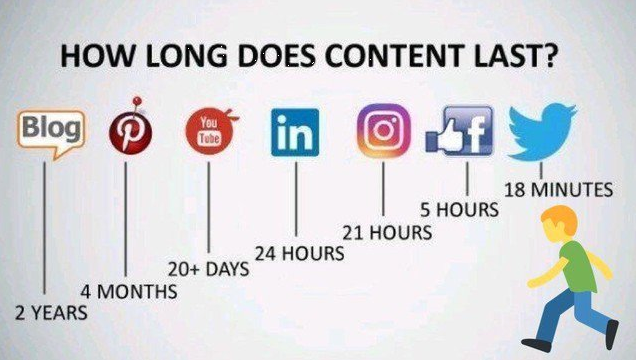 Every day, I already limited my activity to LinkedIn to two hours a day. Before. Now those weeks, I made those two hours about every three to four days. And found I may have missed out thousands of “news” in my feed. But I started reaching out one-on-one which turned out rather more productive. Including feedback that those people from my network have not seen much of my posts in the past months. So what was that back in 2020 about the half-life of social media information?
Every day, I already limited my activity to LinkedIn to two hours a day. Before. Now those weeks, I made those two hours about every three to four days. And found I may have missed out thousands of “news” in my feed. But I started reaching out one-on-one which turned out rather more productive. Including feedback that those people from my network have not seen much of my posts in the past months. So what was that back in 2020 about the half-life of social media information?
On my few posts, LinkedIn praised for the many “viewers” they got, but the responses have been and remain limited. I’ve reached out before and it’s the ever-same 5-10 people that do respond to my posts.
 So if you want to make sure I see your post, please “mention” me. It doesn’t mean I’m not interested, it’s simply that I will try to focus my life more on the real world again and given the flood of posts in my feed, I may simply miss out on it. And if you suddenly find yourself no longer linked-in with me, it’s not out of desinterest, but simply as I haven’t established the personal link. And if you post interesting thoughts, I sure will keep following you. And yes, I will have saved your contact data. You know, mine is on barthel.eu available … I hope 😊
So if you want to make sure I see your post, please “mention” me. It doesn’t mean I’m not interested, it’s simply that I will try to focus my life more on the real world again and given the flood of posts in my feed, I may simply miss out on it. And if you suddenly find yourself no longer linked-in with me, it’s not out of desinterest, but simply as I haven’t established the personal link. And if you post interesting thoughts, I sure will keep following you. And yes, I will have saved your contact data. You know, mine is on barthel.eu available … I hope 😊
Blog
![“For those who agree or disagree, it is the exchange of ideas that broadens all of our knowledge” [Richard Eastman]](https://foodforthought.barthel.eu/wp-content/uploads/2016/08/eastman_quote.jpg) So what about this blog? The interesting part is, that I have thousands of monthly viewers, but again, the ever-same 5-10 people that do respond to my posts. But long ago, I decided to use the blog to summarize and organize my own thoughts on those topics. So I write in fact for myself. And if you find that helpful for yourself, you’re very welcome.
So what about this blog? The interesting part is, that I have thousands of monthly viewers, but again, the ever-same 5-10 people that do respond to my posts. But long ago, I decided to use the blog to summarize and organize my own thoughts on those topics. So I write in fact for myself. And if you find that helpful for yourself, you’re very welcome.
But yes, the feedback, strong in the beginning (back more than 15 years ago) faded as well.
So recently my WordPress-Theme crashed, no longer being updated. So I replaced it “temporary” with the current sub-optimal one. Let’s see how long that holds, given that I don’t prioritize the blog either…?
My To-Do List
 So while no longer prioritizing LinkedIn or the blog, I will keep writing the blog, for the mentioned reason. To summarize and organize my own thoughts. I also plan to experiment with a VLOG. But that’s neither on my priority list. So far I use my little studio for web-calls (WhatsApp, Google Meet, Zoom, etc.). Let’s see how that will go.
So while no longer prioritizing LinkedIn or the blog, I will keep writing the blog, for the mentioned reason. To summarize and organize my own thoughts. I also plan to experiment with a VLOG. But that’s neither on my priority list. So far I use my little studio for web-calls (WhatsApp, Google Meet, Zoom, etc.). Let’s see how that will go.
I also gained too much “Connections” on LinkedIn. People I that reached out to me, I thought to likely be “valuable” but who turned out “dead baggage”. So I will reach out and see if they respond. Or remove them. They still can follow me, right?
Else, I refocus my personal efforts to people that do communicate with me one-to-one. Digital or face-to-face.
And yes, I think that might be
Food for Thought
Comments welcome!
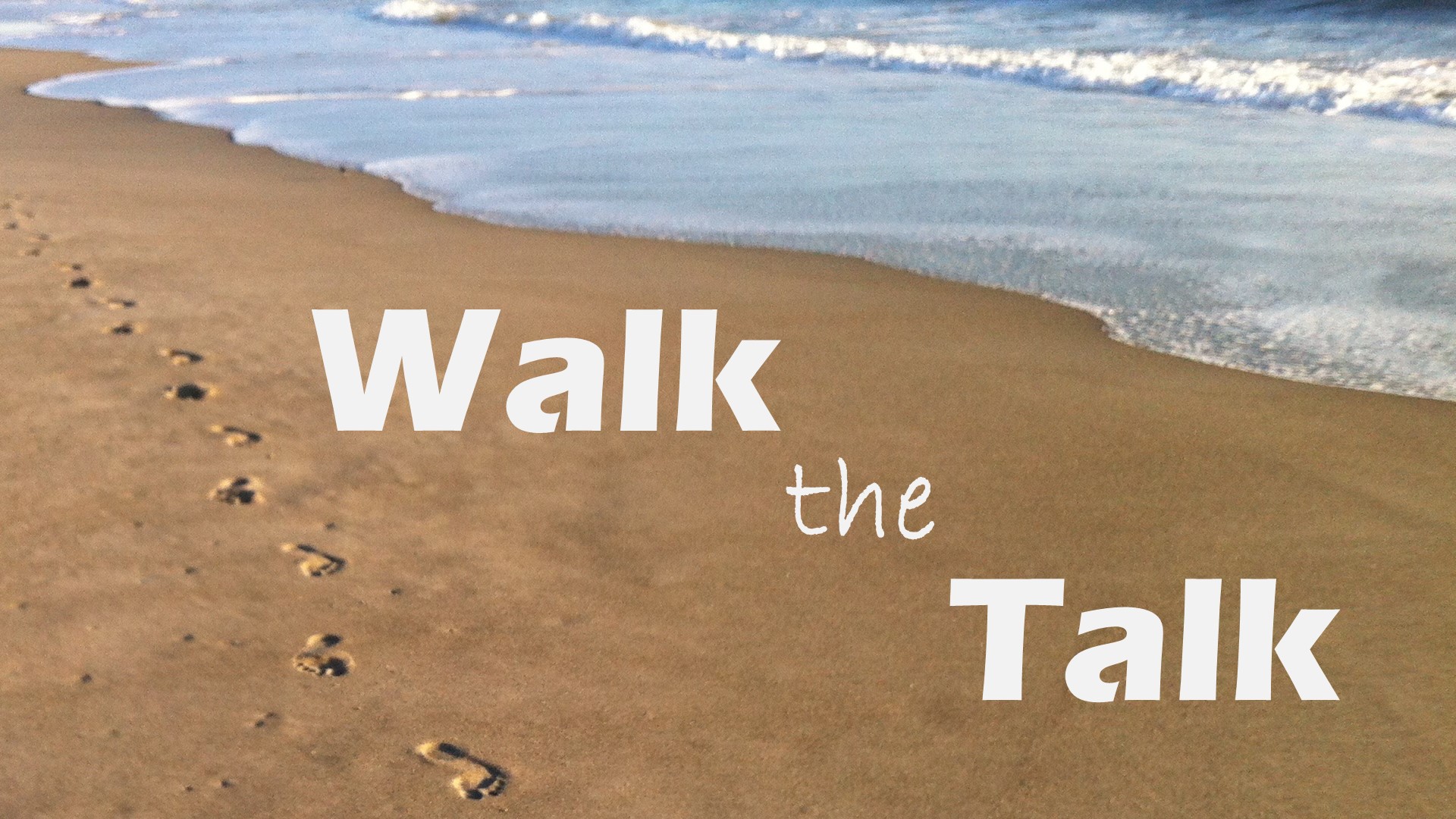

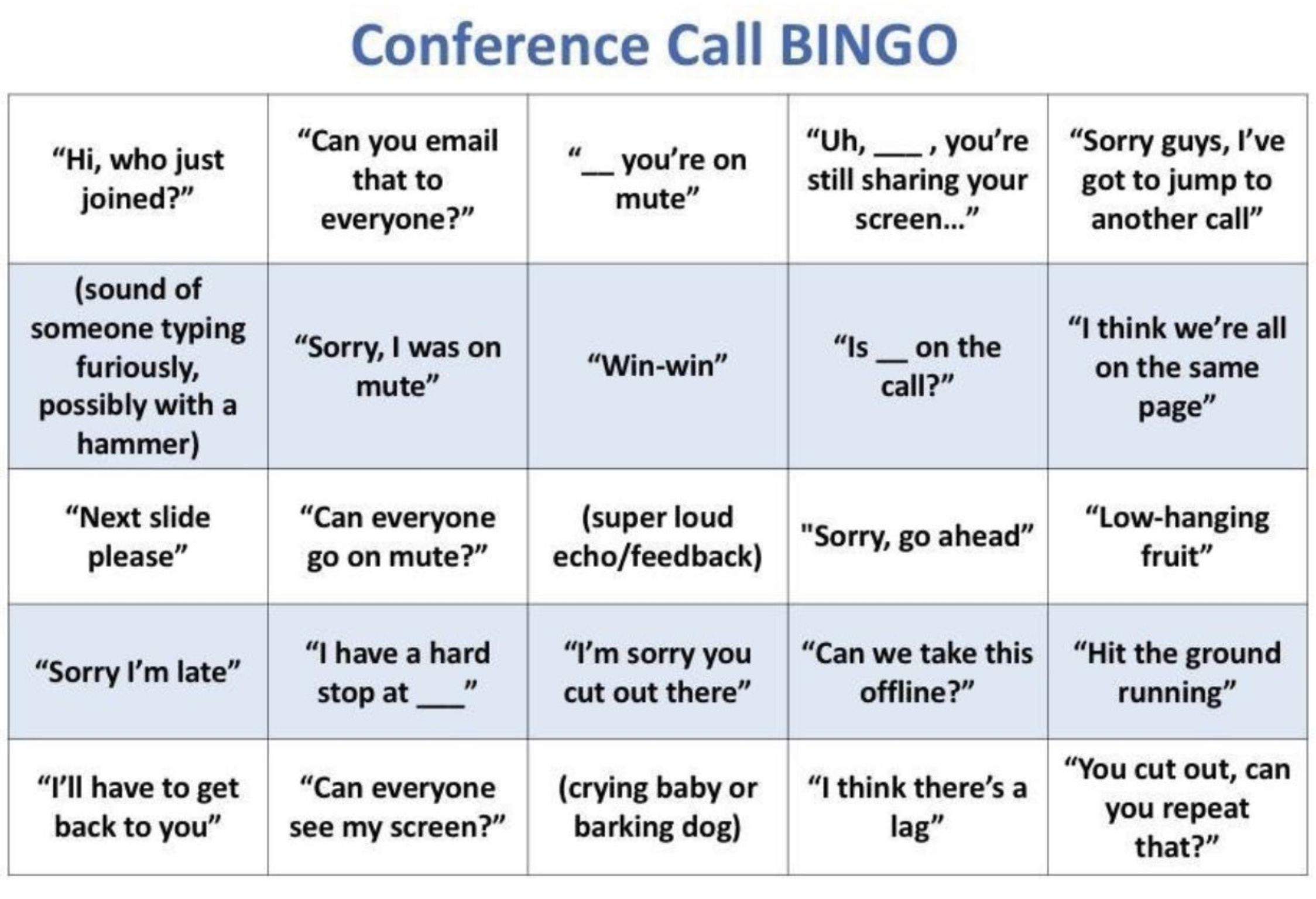
 Call Quality, Disruptions
Call Quality, Disruptions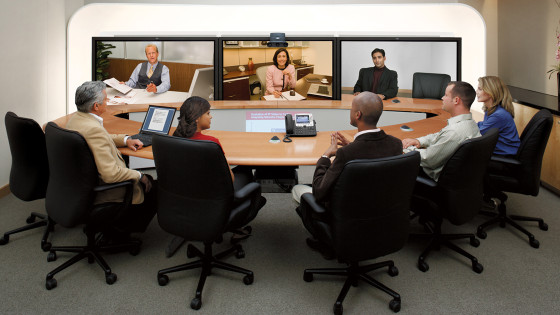 What it does keep reminding me is that for 2002, in the wake of 9/11, we had the very same discussion. And I brought in a video-conferencing-specialist to speak at ITB Travel Technology Congress. And while the big players added video conference rooms to their portfolio, they turned to dust-bins quickly. I know, c’mon, that was 20 years ago. And we simply don’t tend to learn from history. There’s all the young smart-asses leaving university. They have no experience with extensive travel, their live has been virtual, they are still to learn the lessons.
What it does keep reminding me is that for 2002, in the wake of 9/11, we had the very same discussion. And I brought in a video-conferencing-specialist to speak at ITB Travel Technology Congress. And while the big players added video conference rooms to their portfolio, they turned to dust-bins quickly. I know, c’mon, that was 20 years ago. And we simply don’t tend to learn from history. There’s all the young smart-asses leaving university. They have no experience with extensive travel, their live has been virtual, they are still to learn the lessons. The last issue is emotional, psychological. Which we found out post-9/11 already. There is the factor of “importance” when you are send to travel to meet your client. And I do not speak about the true importance to show your flag at your client. But the perceived importance for the traveler.
The last issue is emotional, psychological. Which we found out post-9/11 already. There is the factor of “importance” when you are send to travel to meet your client. And I do not speak about the true importance to show your flag at your client. But the perceived importance for the traveler. Naaaw. No it won’t. I have video calls with my family when traveling, my mom living 600 km away, friends around the world. And especially during the lock-down I keep with my network attending webinars, video and voice-only conference and one-on-one calls. And can’t wait to see all my counterparts in person either on conferences, on business trips and visits. Video-calls replace phone calls. But they don’t have what it takes to replace the real face-to-face.
Naaaw. No it won’t. I have video calls with my family when traveling, my mom living 600 km away, friends around the world. And especially during the lock-down I keep with my network attending webinars, video and voice-only conference and one-on-one calls. And can’t wait to see all my counterparts in person either on conferences, on business trips and visits. Video-calls replace phone calls. But they don’t have what it takes to replace the real face-to-face.![Richard Eastman “For those who agree or disagree, it is the exchange of ideas that broadens all of our knowledge” [Richard Eastman]](http://foodforthought.barthel.eu/wp-content/uploads/2016/08/eastman_quote.jpg)
 … or the question of leeching.
… or the question of leeching.


![Lunchmoney Lewis - I've Got Bills [Unhyping Online Marketing] Lunchmoney Lewis - I've Got Bills [Unhyping Online Marketing]](https://i.ytimg.com/vi/ETM8rrqrTW8/hqdefault.jpg)
![Snow Patrol - Calling in the Dark We are Listening ... and we're not Blind! This is your Life. This is your Time [Snow Patrol - Calling in the Dark]](http://foodforthought.barthel.eu/wp-content/uploads/2020/01/CallingintheDark.jpg)
![“Our Heads Are Round so our Thoughts Can Change Direction” [Francis Picabia]](https://foodforthought.barthel.eu/wp-content/uploads/2021/10/Picabia-Francis-Round-Heads.jpg)

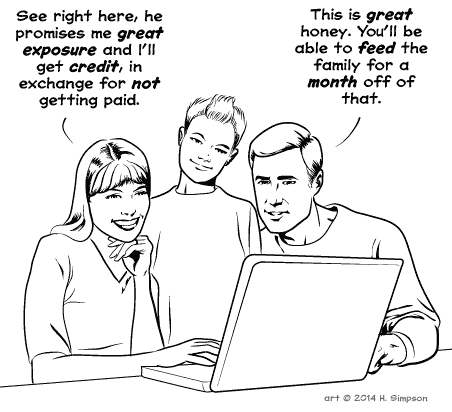 At upcoming
At upcoming  I’ve lately being asked to travel to North America. And to Russia. To help on a project. Payment? Oh, if my help works out we may be able to agree on a consulting contract the next time… You. Got. To. Be. Kidding. Me.
I’ve lately being asked to travel to North America. And to Russia. To help on a project. Payment? Oh, if my help works out we may be able to agree on a consulting contract the next time… You. Got. To. Be. Kidding. Me.
 LinkedIn Ban in Russia
LinkedIn Ban in Russia LinkedIn CheckIn.com Group
LinkedIn CheckIn.com Group
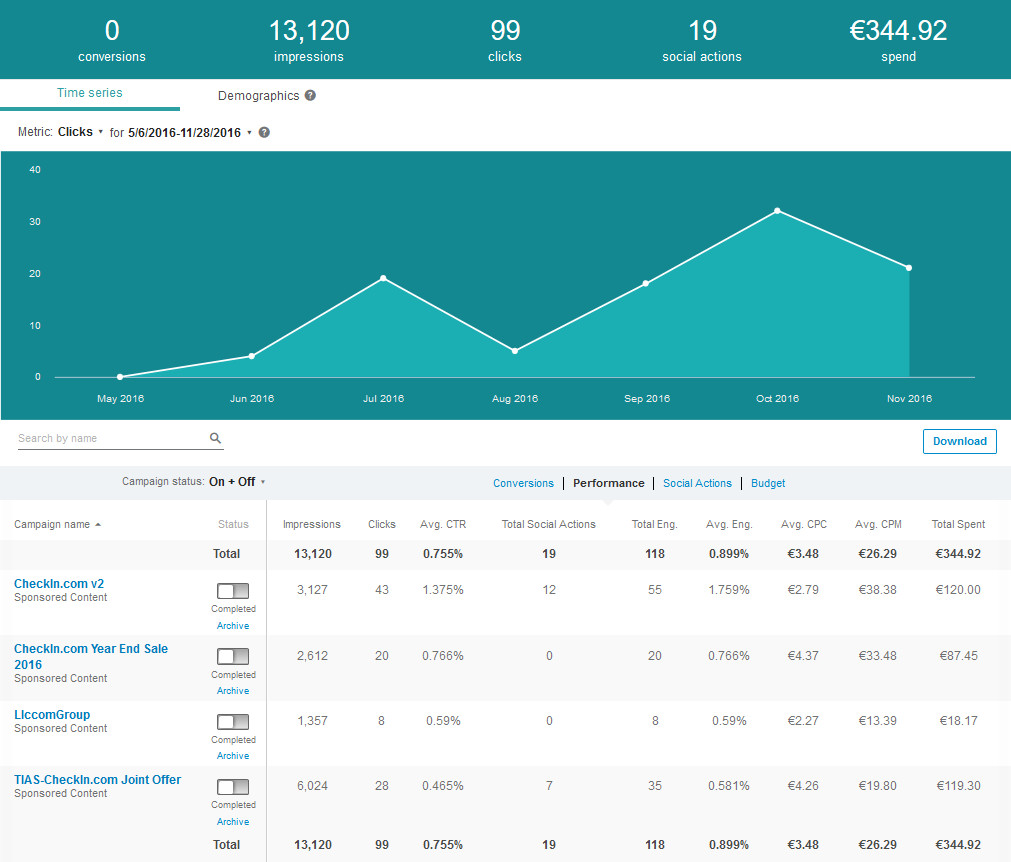
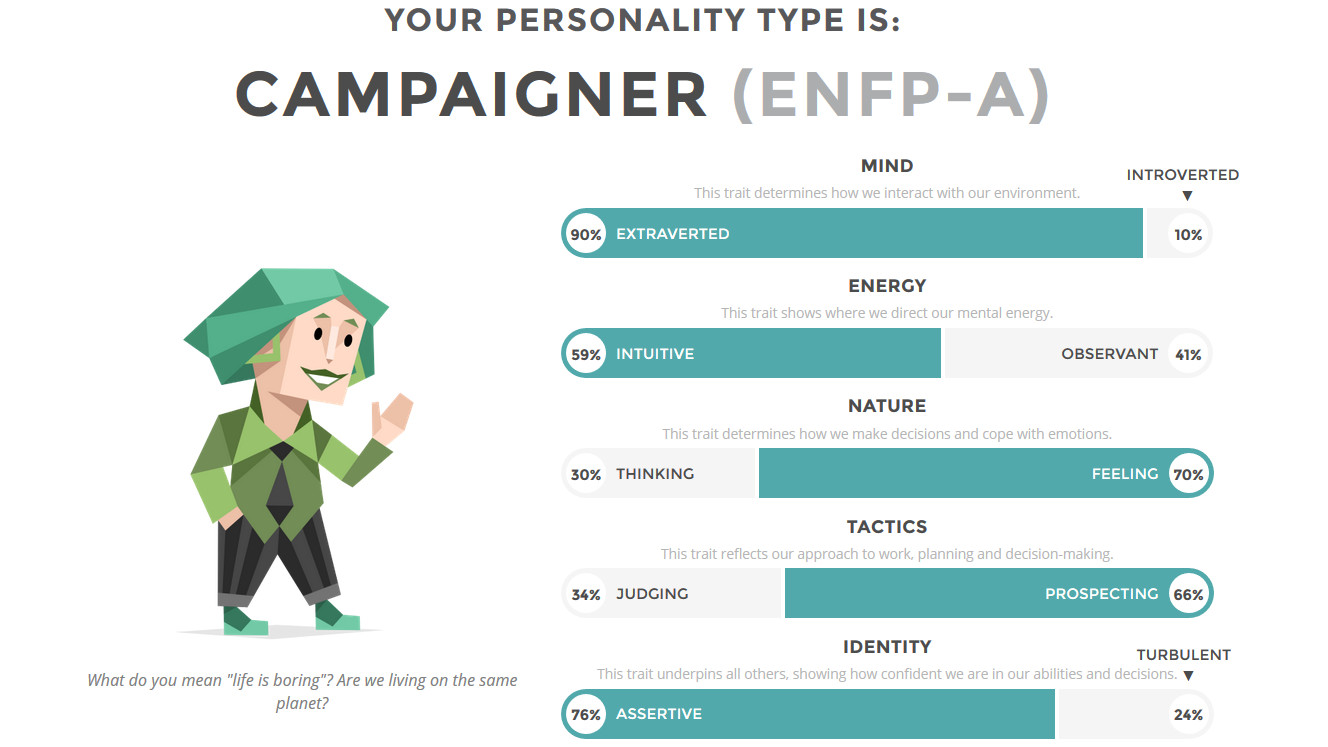
 The Isochrones People
The Isochrones People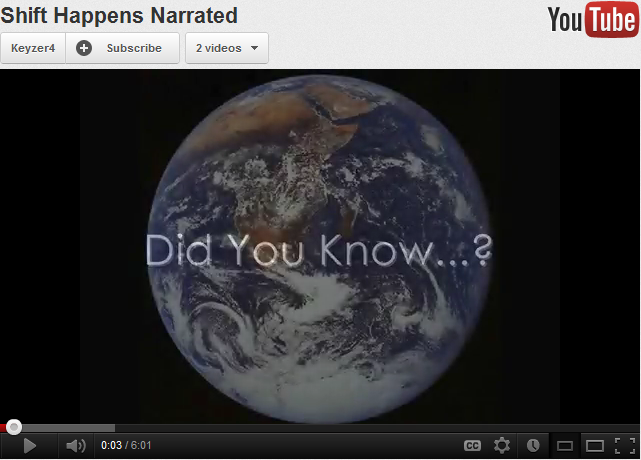
 I had a student I made my assistant back in Erfurt. When I left, her fellow colleagues degraded her back to “student” (cooking coffee, assisting their work).
I had a student I made my assistant back in Erfurt. When I left, her fellow colleagues degraded her back to “student” (cooking coffee, assisting their work).  Same for
Same for 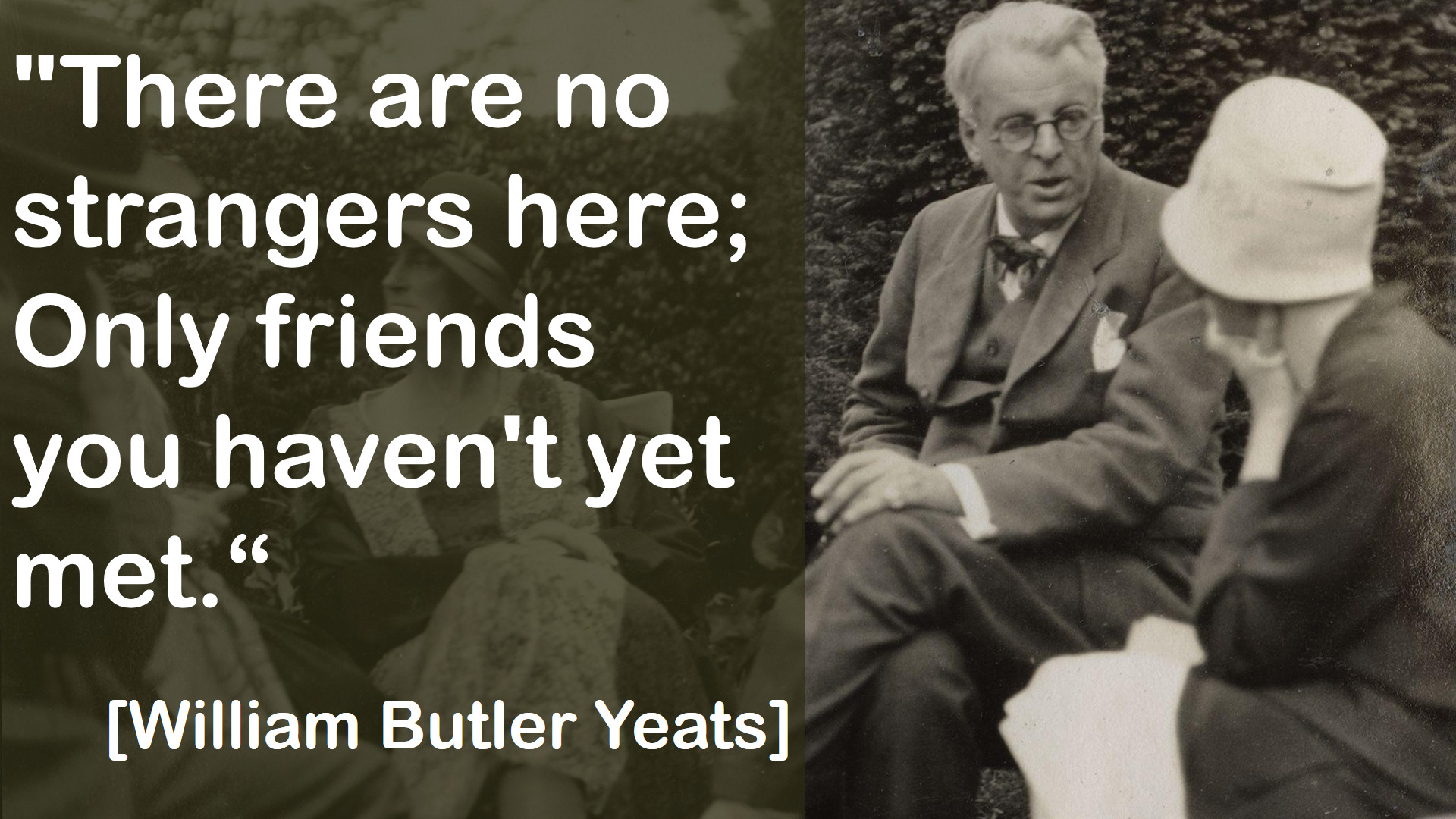
 Many of you know, Yulia is an introvert, where I’m an extrovert. Where it is very easy for me to stand in front of a crowd or meet strangers, this is a real challenge for Yulia. Which is also, why I help her promoting CheckIn.com. That difference in personality is rather easy to grasp. the other differences are more difficult in the beginning.
Many of you know, Yulia is an introvert, where I’m an extrovert. Where it is very easy for me to stand in front of a crowd or meet strangers, this is a real challenge for Yulia. Which is also, why I help her promoting CheckIn.com. That difference in personality is rather easy to grasp. the other differences are more difficult in the beginning.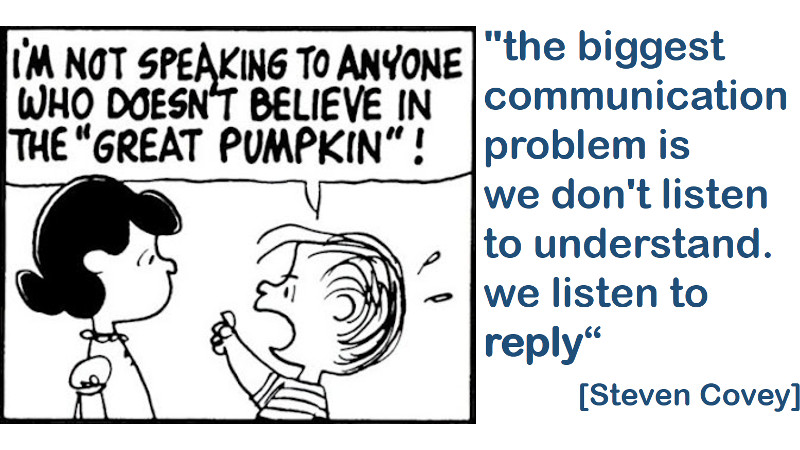
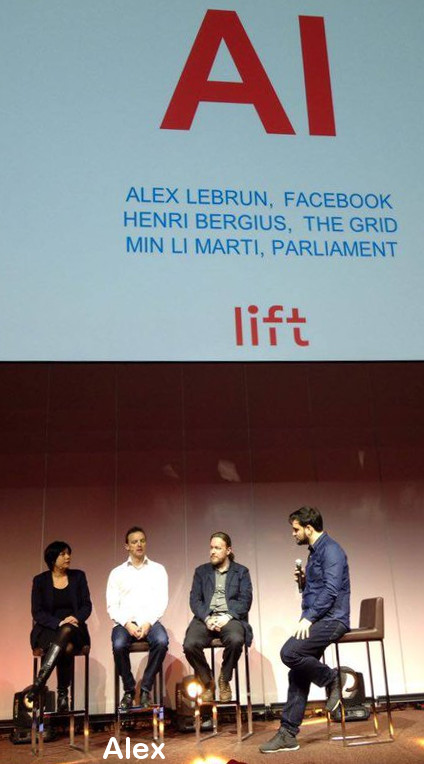

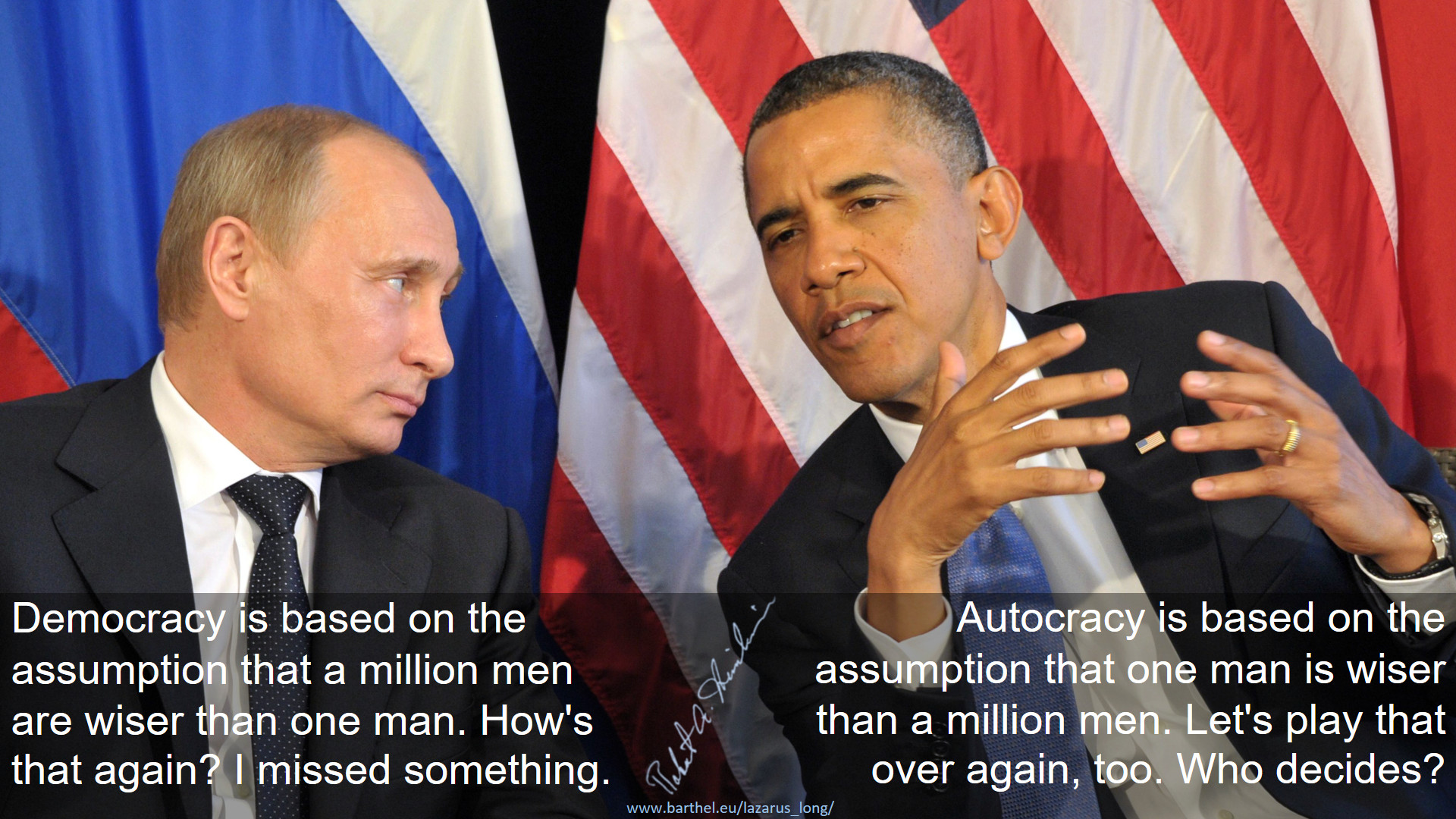
 And stopping the A.I.? In 2001, humans gave conflicting orders to the local A.I. (
And stopping the A.I.? In 2001, humans gave conflicting orders to the local A.I. ( Just screening all those wisdoms my friends keep sharing on LinkedIn and Facebook, here one from own experience…
Just screening all those wisdoms my friends keep sharing on LinkedIn and Facebook, here one from own experience…